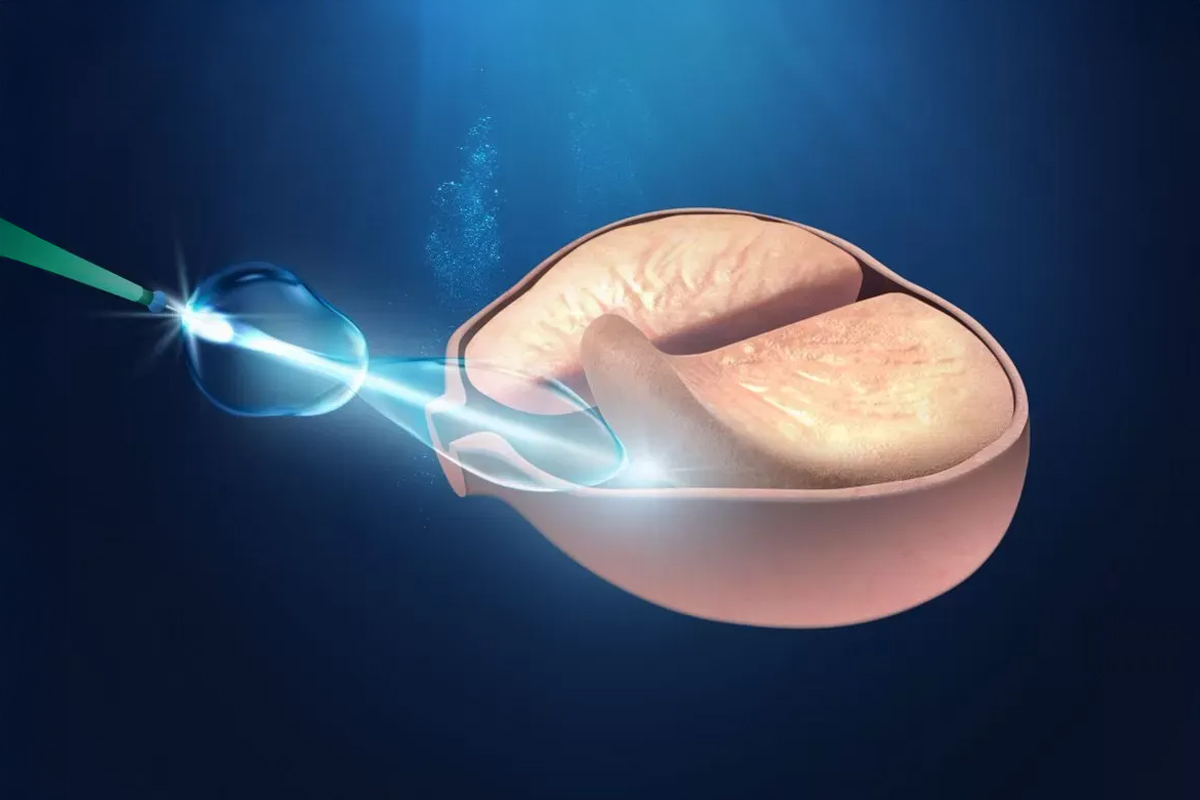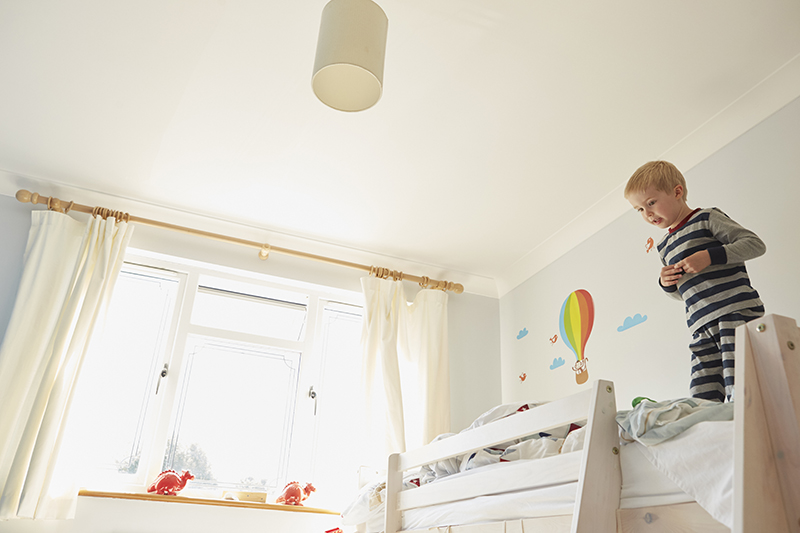What are its causes?
The renal colic is triggered by the presence of urolithiasis, or the presence of stones (calculi) in the ureter and/or kidney. When the stones do not allow urine to perform their natural course, the kidney and the urinary tract is dilated, by the obstuccion of urine, which triggers in low back pain is very intense. Not only the urinary stones cause a renal colic. Everything that takes up the ureter and block the kidney can cause colic. For example, some tumors that grow within the ureter or outside of the ureter, in another body and compresses the urinary system.
Symptoms of colic
- Pain of strong intensity in the lumbar region radiating to the genitals
- Pain when urinating
- Bleeding in the urine (Hematuria )
- Nausea and vomiting
- The urge to urinate
- Fever and chills in cases associated with a urinary tract infection.
- Pain in genitals
Treatments
Medication: Usually, the first treatment is pharmacological, using medications, such as Diclofenac, Indomethacin and other nonsteroidal anti-inflammatory drugs.
Extracorporeal: it is an outpatient treatment, the good teams of extracorporeal do not need to perform anesthesia for the patient to tolerate the treatment. Extracorporeal Lithotripsy search result in the fragmentation of urinary lithiasis, through the application of shock waves generated externally by the Litotritor. The impact of this energy in the calculation, manages to break down and then eliminate the fragments of the stones converted to grit through the urine.
Minimally invasive surgery: when the kidney stones, due to their location have not been able to be treated with extracorporeal or by the size of the calculation (it is very large), a surgery called “Nefrolitotricia Percutaneous“. This surgical procedure consists of removing the kidney stones through a one inch incision in the back, which is accessed by the kidney, and removed all the stones . The patient should be hospitalized after this surgery.
Endoscopic lithotripsy: this method is used to extract the stones located in the bladder or the ureters. Using local anesthesia, it is an outpatient procedure that involves inserting a thin tube with a camera (ureteroscope) through the urethra, which allows you to view the calculation and spray it with the Laser-HOLMIUM. The patient goes home to her home at approximately 5 hours after the Ureteroscopy.







